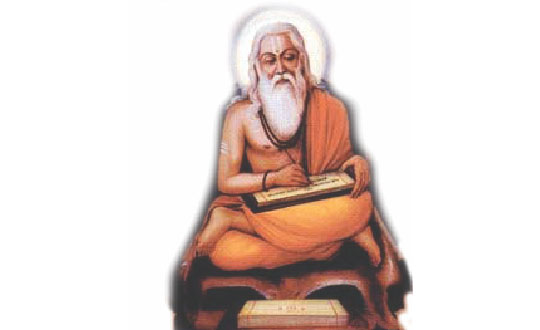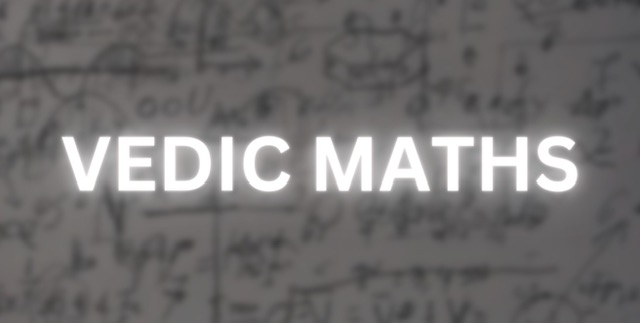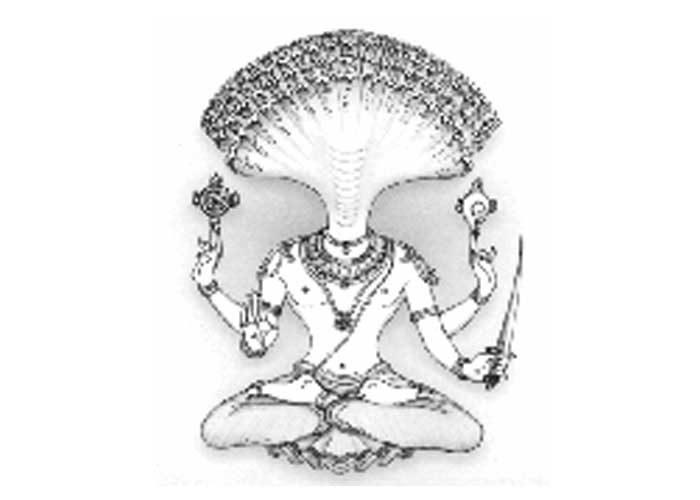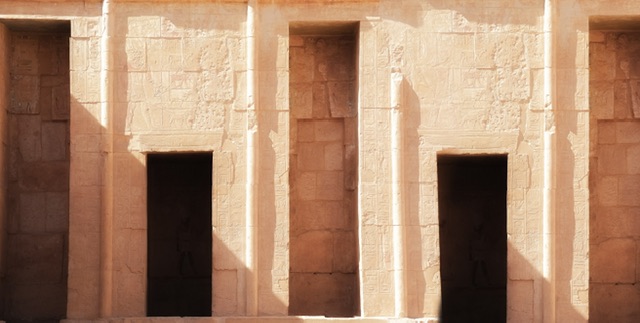Anti-ageing effect of rasayans
Charaka Samhita (Chikitsa sthana 1.1.8) mentions that, ‘Labhopayo hi shastanam rasadinam rasayanam’, that is, rasayans are agents to qualitative improvement of tissues, in other words combating ageing. The studies of Devasagayam et al (Free Radicals and Antioxidants in Human Health: Current Status and Future Prospects) recognize the anti-ageing effects of certain rasayans herbs through their anti-oxidant properties. That is, they have found that these herbs arrest the action of free radicals that according to modern medicine accumulate throughout the lifespan and cause ageing in a being. Our ancients knew these free radicals as the toxic residue ‘ama’.
Treatment of cancer from ayurveda
Anti-cancer medicines currently use the approach of damaging single and double-stranded DNA, disrupting protein synthesis and stopping cell division. Within the last three decades, cancer-causing genes called oncogenes, cancer-suppressing genes, cancer-growth factors, cancer-promoting enzymes and cancer-causing protein kinases have been identified as finer targets. It has been found that the components of ayurvedic herbs used 5000 years ago targeted these molecules, hinting that the treatment of cancer was known to the vedic seer. For instance, nuclear factor kB, which has been known to play a major role in tumorigenesis (Production of a new tumor or tumors) can be targeted through several herbal ayurvedic remedies like curcumin. (Study by Garodia et al, Cytokine Research Laboratory, Department of Experimental Therapeutics, The University of Texas M. D. Anderson Cancer Center, Houston, TX, USA published in Journal of the Society for Integrative Oncology, 2007)
Mind-body connect
Ayurveda takes an individual in totality, as a composite of 24 dhatus and the purush. The 24 dhatus include the five elements, the five motor organs, the five sense organs, the five objects of senses, ego, intellect, mind and the primordial element, all of which are closely interlinked. Heavy and negative thoughts are stated to be the major cause of weight gain in vata and pitta prakriti people as per Ayurveda. Also excessive thinking has been linked to accelerated ageing of the physical body. This concept of Ayurveda that one’s thoughts create health or illness finds validation in the modern concept of quantum physics that thoughts create the physical reality. To quote Dr. Rama Jayasundar (Department of Nuclear Magnetic Resonance, All India Institute of Medical Sciences, New Delhi, India) explained in her presentation on ‘Quantum Logic in Ayurveda’ how quantum physics has revealed some concepts similar to those discussed in Ayurveda. By integrating the role of mind and consciousness in the human body, Ayurveda is distinctly different from biomedicine’s Newtonian physics-based perception of the organism as a structural entity made up of fundamental units of building blocks, that is, atoms and molecules. Even, while accepting the reality of the physical body, Ayurveda emphasizes the role of consciousness and mind in both health and diseased states which is being rediscovered by quantum physics.
These are just some of the examples of the highly advanced concepts of Ayurveda, that were discarded as redundant and quackery for our lack of understanding of the body and are now being recognized as relevant with advances in modern medicine. We can wait a little longer for modern science to develop more to authenticate vedic knowledge or simply get back to the vedic way of living, trusting the sheer genius of the vedic seer.





